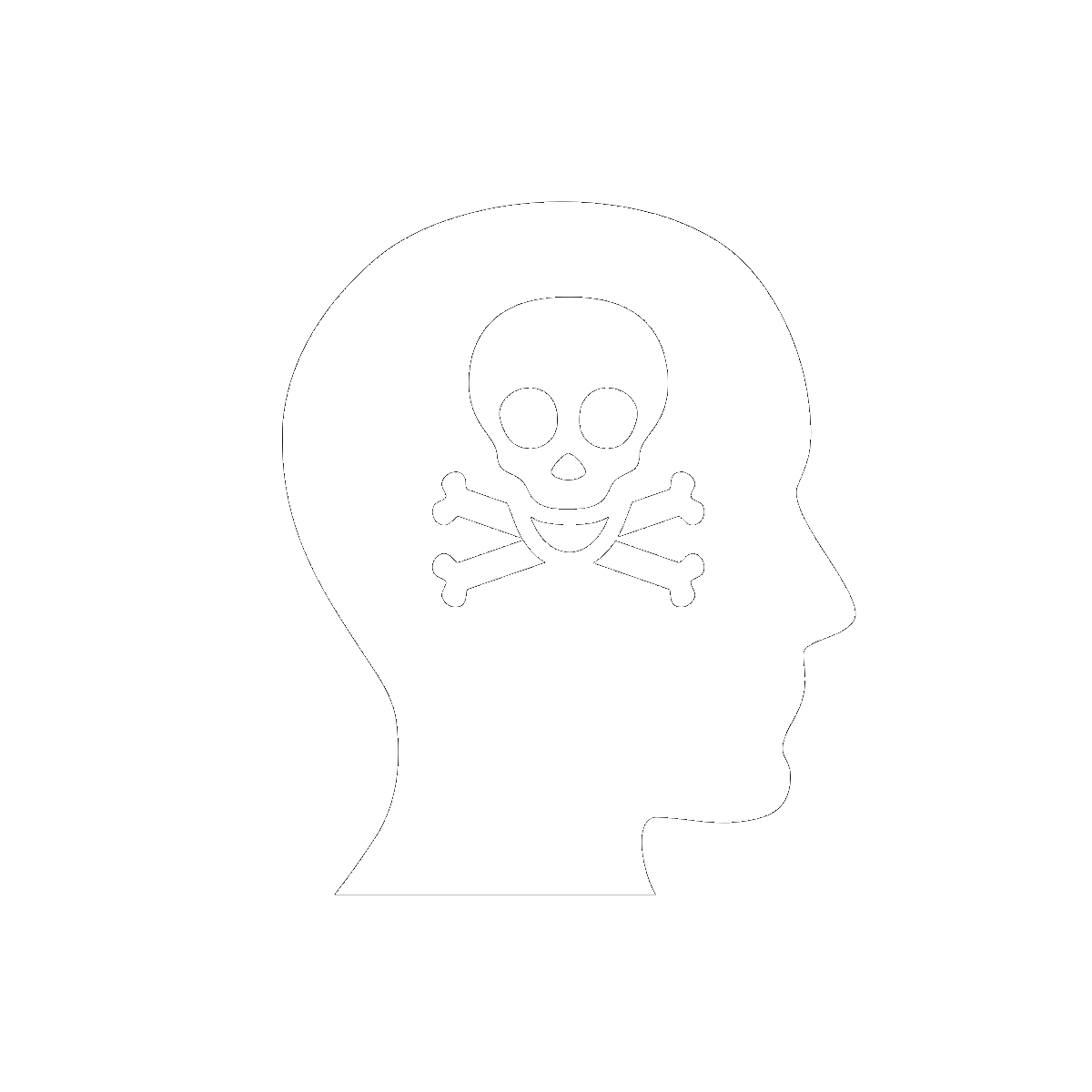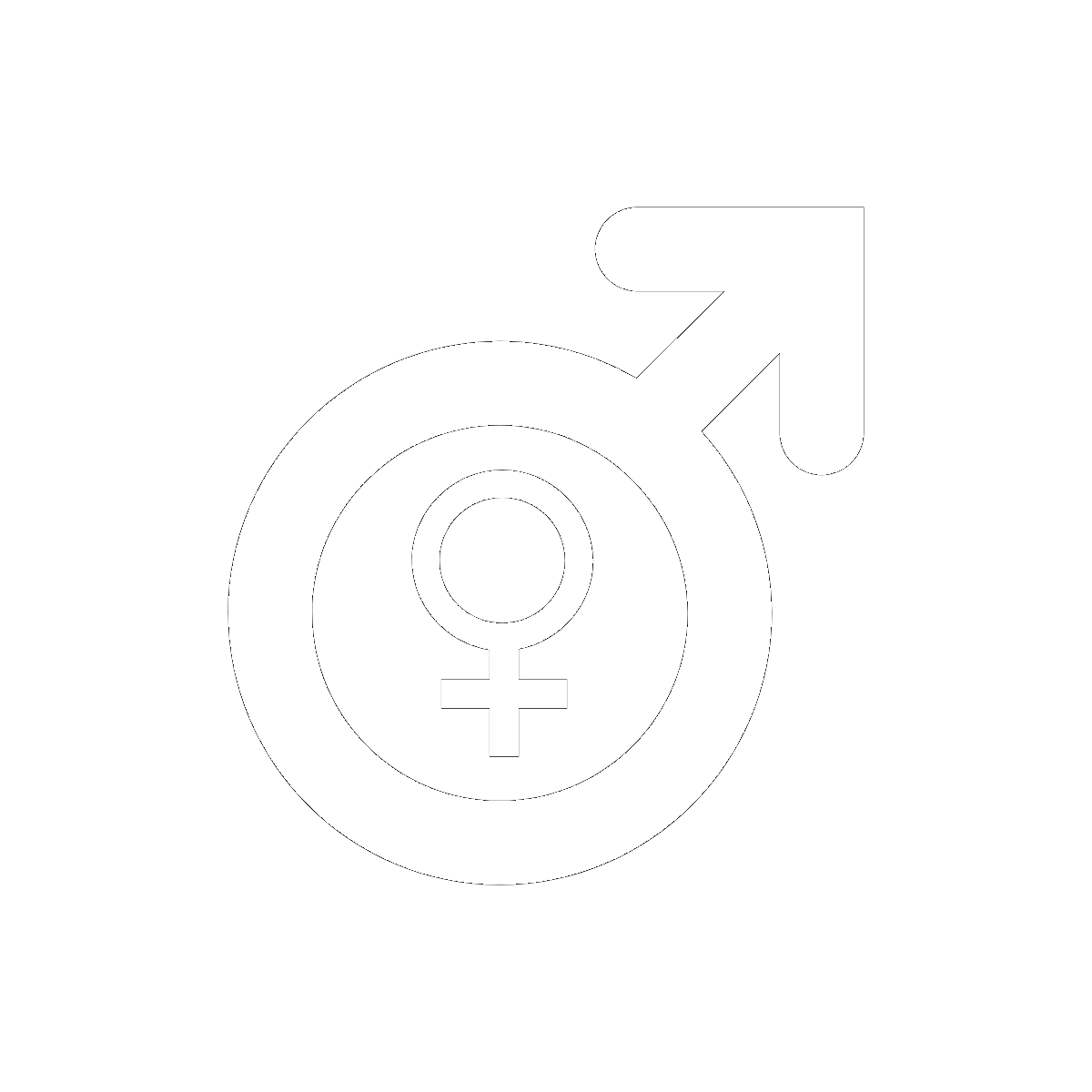Upgrade to LitCharts A+

Instant downloads of all 1890 LitChart PDFs(including Lady Lazarus).

LitCharts Teacher Editions. Teach your students to analyze literature like LitCharts does.

Detailed explanations, analysis, and citation info for every important quote on LitCharts.

The original text plus a side-by-side modern translation of every Shakespeare play.
Already have an account?Sign in
- Summary
- Themes
- Line-by-Line Explanation & Analysis
- Symbols
- Poetic Devices
- Vocabulary & References
- Form, Meter, & Rhyme Scheme
- Speaker
- Setting
- Context
- Resources
- Summary
- Themes
- Line-by-Line
Explanations - Symbols
- Poetic Devices
- Vocabulary &
References - Form, Meter, &
Rhyme Scheme - Speaker
- Setting
- Context
- Resources
 Downloadthis entire guide to “Lady Lazarus” as a printable PDF.Downloadthis LitChart! (PDF)
Downloadthis entire guide to “Lady Lazarus” as a printable PDF.Downloadthis LitChart! (PDF)
Question about this poem?
Have a question about this poem?
Have a specific question about this poem?
Have a specific question about this poem?
Have a specific question about this poem?
A LitCharts expert can help.
A LitCharts expert can help.
A LitCharts expert can help.
A LitCharts expert can help.
A LitCharts expert can help.
Ask us
Ask us
Ask a question
Ask a question
Ask a question
Sylvia Plath wrote "Lady Lazarus" in 1962, during a creative burst of energy in the months before her death by suicide in 1963. The poem alludes to the biblical story of Lazarus, whom Jesus famously resurrected. The poem's female speaker also dies and is resurrected—multiple times, in fact, and not always happily. Each revival is akin to a circus performance for a voyeuristic, "peanut-crunching crowd" that's hoping for a glimpse of the speaker's "scars." The speaker ultimately warns that she will one day rise from the ashes of her death and devour "men like air." The dark poem provides insight into a suicidal mind, a glimpse at the horror of being a woman in a patriarchal world, and a critique of society's twisted fascination with suffering.
Get
Get LitCharts |  |
The Full Text of “Lady Lazarus”
The Full Text of “Lady Lazarus”
“Lady Lazarus” Summary
“Lady Lazarus” Themes
Death and Suicide
Where this theme appears in the poem:
- Lines 1-5
- Lines 10-19
- Lines 22-24
- Line 33
- Lines 35-56
- Lines 69-78
- Line 79
- Lines 82-84
Gender and Oppression
Where this theme appears in the poem:
- Lines 4-19
- Lines 25-34
- Lines 43-53
- Lines 58-84
Suffering, Objectification, and Art
Where this theme appears in the poem:
- Lines 25-34
- Lines 51-65
Line-by-Line Explanation & Analysis of “Lady Lazarus”
Lines 1-3
I have done ...
... I manage it——Lines 4-5
A sort of ...
... a Nazi lampshade,Lines 6-9
My right foot ...
... Jew linen.Lines 10-13
Peel off the ...
... set of teeth?Lines 14-19
The sour breath ...
... a smiling woman.Lines 20-24
I am only ...
... annihilate each decade.Lines 25-34
What a million ...
... same, identical woman.Lines 35-42
The first time ...
... like sticky pearls.Lines 43-56
Dying ...
... knocks me out.Lines 57-64
There is a ...
... or my clothes.Lines 65-72
So, so, Herr ...
... your great concern.Lines 73-78
Ash, ash— ...
... A gold filling.Lines 79-84
Herr God, Herr ...
... men like air.
“Lady Lazarus” Symbols
Skin
Where this symbol appears in the poem:
- Lines 4-5: “my skin / Bright as a Nazi lampshade,”
- Lines 16-18: “Soon, soon the flesh / The grave cave ate will be / At home on me”
- Lines 33-34: “I may be skin and bone, / Nevertheless, I am the same, identical woman.”
- Lines 57-58: “There is a charge / For the eyeing of my scars,”
- Lines 73-75: “Ash, ash— / You poke and stir. / Flesh, bone, there is nothing there”
Phoenix
Where this symbol appears in the poem:
- Line 82: “Out of the ash”
- Lines 83-84: “I rise with my red hair / And I eat men like air.”
Holocaust imagery
Where this symbol appears in the poem:
- Line 5: “Bright as a Nazi lampshade,”
- Lines 8-9: “My face a featureless, fine / Jew linen.”
- Line 71: “I turn and burn.”
- Lines 73-75: “Ash, ash— / You poke and stir. / Flesh, bone, there is nothing there——”
- Lines 76-78: “A cake of soap, / A wedding ring, / A gold filling.”
“Lady Lazarus” Poetic Devices & Figurative Language
Allusion
Where allusion appears in the poem:
- Line 4: “walking miracle”
- Line 5: “Nazi lampshade”
- Line 9: “Jew linen”
- Line 73: “Ash, ash—”
- Lines 76-78: “A cake of soap, / A wedding ring, / A gold filling.”
Assonance
Where assonance appears in the poem:
- Line 1: “again”
- Line 2: “every ten”
- Line 4: “my”
- Line 5: “Bright,” “lampshade”
- Line 6: “My right”
- Line 7: “paperweight”
- Line 8: “face”
- Line 9: “linen”
- Line 10: “napkin”
- Line 12: “I terrify”
- Line 17: “grave cave ate,” “be”
- Line 18: “me”
- Line 19: “I,” “smiling”
- Line 20: “only thirty”
- Line 21: “like,” “I,” “nine times,” “die”
- Line 25: “million filaments”
- Line 29: “tease”
- Line 30: “ladies”
- Line 32: “knees”
- Line 38: “all”
- Line 41: “call,” “call”
- Line 45: “well”
- Line 46: “hell”
- Line 52: “day”
- Line 53: “same place,” “same face,” “same,” “brute”
- Line 54: “Amused,” “shout”
- Line 56: “out”
- Line 57: “charge”
- Line 58: “scars,” “charge”
- Line 59: “heart”
- Line 71: “turn,” “burn”
- Line 72: “concern”
- Line 77: “ring”
- Line 78: “filling”
- Line 80: “Beware”
- Line 81: “Beware”
- Line 83: “hair”
- Line 84: “air”
Anaphora
Where anaphora appears in the poem:
- Lines 13-14: “The nose, the eye pits, the full set of teeth? / The sour breath”
- Lines 23-25: “What a trash / To annihilate each decade. / What a million filaments.”
- Lines 45-47: “I do it exceptionally well. / I do it so it feels like hell. / I do it so it feels real.”
- Lines 49-51: “It’s easy enough to do it in a cell. / It’s easy enough to do it and stay put. / It’s the theatrical”
- Line 53: “To the same place, the same face, the same brute”
- Lines 58-61: “For the eyeing of my scars, there is a charge / For the hearing of my heart—— / It really goes. / And there is a charge,”
- Lines 62-64: “For a word or a touch / Or a bit of blood / Or a piece of my hair or my clothes.”
- Lines 65-66: “So, so, Herr Doktor. / So, Herr Enemy.”
- Lines 67-68: “I am your opus, / I am your valuable,”
Apostrophe
Where apostrophe appears in the poem:
- Lines 10-12: “Peel off the napkin / O my enemy. / Do I terrify?——”
- Line 13: “The nose, the eye pits, the full set of teeth?”
- Lines 30-32: “Gentlemen, ladies / These are my hands / My knees.”
- Line 65: “So, so, Herr Doktor.”
- Line 66: “So, Herr Enemy.”
- Lines 67-68: “I am your opus, / I am your valuable,”
- Line 72: “Do not think I underestimate your great concern.”
- Line 74: “You poke and stir.”
- Lines 79-81: “Herr God, Herr Lucifer / Beware / Beware.”
Consonance
Where consonance appears in the poem:
- Line 1: “again”
- Line 2: “ten”
- Line 4: “walking miracle, my skin”
- Line 5: “Bright,” “lampshade”
- Line 6: “right foot”
- Line 7: “paperweight”
- Line 8: “face,” “featureless, fine”
- Line 9: “linen”
- Line 10: “Peel,” “napkin”
- Line 11: “my enemy”
- Line 13: “pits,” “set,” “teeth”
- Line 14: “sour,” “breath”
- Line 15: “vanish”
- Line 16: “Soon, soon,” “flesh”
- Line 17: “grave cave”
- Line 21: “like,” “cat,” “times to”
- Line 25: “million filaments”
- Line 26: “peanut-crunching crowd”
- Line 29: “tease”
- Line 30: “ladies”
- Line 31: “hands”
- Line 32: “knees”
- Line 33: “skin,” “bone”
- Line 39: “shut”
- Line 40: “seashell”
- Line 42: “pick,” “like sticky pearls”
- Line 45: “exceptionally well”
- Line 46: “feels like hell”
- Line 47: “feels real”
- Line 48: “call”
- Line 49: “cell”
- Line 51: “theatrical”
- Line 52: “Comeback,” “broad day”
- Line 53: “same place,” “same face,” “same,” “brute”
- Line 54: “Amused,” “shout”
- Line 59: “hearing,” “heart”
- Line 61: “large charge”
- Line 62: “touch”
- Line 63: “bit,” “blood”
- Line 71: “turn,” “burn”
- Line 77: “ring”
- Line 78: “filling”
- Line 83: “rise,” “red hair”
- Line 84: “air”
Enjambment
Where enjambment appears in the poem:
- Lines 4-5: “skin / Bright”
- Lines 8-9: “fine / Jew”
- Lines 14-15: “breath / Will”
- Lines 17-18: “be / At”
- Lines 26-27: “crowd / Shoves”
- Lines 37-38: “meant / To”
- Lines 43-44: “Dying / Is”
- Lines 51-52: “theatrical / Comeback”
- Lines 57-58: “charge / For”
- Lines 58-59: “charge / For ”
End-Stopped Line
Where end-stopped line appears in the poem:
- Line 1: “again.”
- Line 2: “ten”
- Line 3: “it——”
- Line 5: “lampshade,”
- Line 6: “foot”
- Line 7: “paperweight”
- Line 10: “napkin”
- Line 11: “enemy”
- Line 12: “terrify?——”
- Line 13: “teeth?”
- Line 15: “day.”
- Line 19: “woman.”
- Line 20: “thirty.”
- Line 21: “die.”
- Line 22: “Three.”
- Line 24: “decade.”
- Line 25: “filaments.”
- Line 28: “foot——”
- Line 29: “ tease.”
- Line 31: “hands”
- Line 32: “knees.”
- Line 33: “bone,”
- Line 34: “woman.”
- Line 35: “ten.”
- Line 36: “accident.”
- Line 38: “all.”
- Line 40: “seashell.”
- Line 41: “call”
- Line 42: “pearls.”
- Line 44: “else.”
- Line 45: “well.”
- Line 46: “hell.”
- Line 47: “real.”
- Line 48: “call.”
- Line 49: “cell.”
- Line 50: “put.”
- Line 54: “shout:”
- Line 55: “miracle!’”
- Line 56: “out.”
- Line 59: “heart——”
- Line 60: “goes.”
- Line 62: “touch”
- Line 63: “blood”
- Line 64: “clothes.”
- Line 65: “Doktor.”
- Line 66: “Enemy.”
- Line 67: “opus,”
- Line 68: “valuable,”
- Line 69: “baby”
- Line 70: “shriek.”
- Line 71: “ burn.”
- Line 72: “concern.”
- Line 73: “ash—”
- Line 74: “stir.”
- Line 75: “there——”
- Line 76: “soap,”
- Line 77: “ring,”
- Line 78: “filling.”
- Line 79: “Lucifer”
- Line 80: “Beware”
- Line 81: “Beware.”
- Line 82: “ash”
- Line 83: “hair”
- Line 84: “air.”
Extended Metaphor
Where extended metaphor appears in the poem:
- Lines 1-84
Imagery
Where imagery appears in the poem:
- Lines 4-9: “my skin / Bright as a Nazi lampshade, / My right foot / A paperweight, / My face a featureless, fine / Jew linen.”
- Line 10: “Peel off the napkin”
- Lines 13-14: “The nose, the eye pits, the full set of teeth? / The sour breath”
- Lines 16-19: “the flesh / The grave cave ate will be / At home on me / And I a smiling woman.”
- Line 25: “What a million filaments.”
- Lines 26-29: “peanut-crunching crowd / Shoves in to see / Them unwrap me hand and foot—— / The big strip tease.”
- Lines 31-33: “These are my hands / My knees. / I may be skin and bone,”
- Lines 39-40: “I rocked shut / As a seashell.”
- Line 42: “And pick the worms off me like sticky pearls.”
- Lines 63-64: “Or a bit of blood / Or a piece of my hair or my clothes.”
- Lines 69-70: “The pure gold baby / That melts to a shriek.”
- Lines 73-78: “Ash, ash— / You poke and stir. / Flesh, bone, there is nothing there—— / A cake of soap, / A wedding ring, / A gold filling.”
- Lines 82-84: “Out of the ash / I rise with my red hair / And I eat men like air.”
Irony
Where irony appears in the poem:
- Lines 1-3: “I have done it again. / One year in every ten / I manage it——”
- Line 12: “Do I terrify?——”
- Line 19: “And I a smiling woman.”
- Line 25: “What a million filaments.”
- Line 29: “The big strip tease.”
- Lines 43-45: “Dying / Is an art, like everything else. / I do it exceptionally well.”
- Line 48: “I guess you could say I’ve a call.”
- Lines 55-56: “‘A miracle!’ / That knocks me out.”
- Lines 59-60: “For the hearing of my heart—— / It really goes.”
- Lines 65-68: “So, so, Herr Doktor. / So, Herr Enemy. / I am your opus, / I am your valuable,”
- Line 72: “Do not think I underestimate your great concern.”
- Line 83: “I rise with my red hair”
- Line 84: “And I eat men like air.”
Repetition
Where repetition appears in the poem:
- Line 4: “my”
- Line 6: “My”
- Line 8: “My”
- Line 13: “The,” “the,” “the”
- Line 14: “The”
- Line 16: “Soon,” “soon”
- Line 23: “What a”
- Line 25: “What a”
- Line 28: “hand”
- Line 31: “hands”
- Line 35: “The first time”
- Line 37: “The second time”
- Line 41: “call and call”
- Line 45: “I do it”
- Line 46: “I do it so it feels”
- Line 47: “I do it so it feels”
- Line 49: “It’s easy enough to do it”
- Line 50: “It’s easy enough to do it”
- Line 53: “the same,” “the same,” “ the same”
- Line 57: “There is a charge”
- Line 58: “For the,” “of my,” “there is a charge”
- Line 59: “For the,” “of my”
- Line 61: “there is a charge,” “charge”
- Line 62: “a,” “or a”
- Line 63: “Or a”
- Line 64: “Or a,” “my,” “or,” “ my”
- Line 65: “So, so,,” “Herr”
- Line 66: “So,,” “Herr”
- Line 67: “I am your”
- Line 68: “I am your”
- Line 73: “Ash, ash”
- Line 76: “A”
- Line 77: “A”
- Line 78: “A”
- Line 79: “Herr,” “Herr”
- Line 80: “Beware”
- Line 81: “Beware”
“Lady Lazarus” Vocabulary
Select any word below to get its definition in the context of the poem. The words are listed in the order in which they appear in the poem.
- Nazi lampshade
- Jew linen
- Annihilate
- Filaments
- Peanut-crunching crowd
- Brute
- Herr
- Doktor
- Opus
- Cake of soap
(Location in poem: Line 5: “Nazi lampshade”)
Form, Meter, & Rhyme Scheme of “Lady Lazarus”
Form
Meter
Rhyme Scheme
“Lady Lazarus” Speaker
“Lady Lazarus” Setting
Literary and Historical Context of “Lady Lazarus”
More “Lady Lazarus” Resources
External Resources
Biography— Poetry Foundation's brief biography of Sylvia Plath.
Plath Interview— Audio of Sylvia Plath's 1962 interview with Peter Orr, discussing her poetry career, influences, and her poetic interests.
Sylvia Plath Crash Course— An episode of Crash Course in which author John Green explores Sylvia Plath's poetry.
"Lady Lazarus" Audio— An audio clip of Sylvia Plath reading "Lady Lazarus." This reading includes a few differences from the published version—after line 12's"Do I terrify?" Plath adds, "Yes, yes, Herr Professor, it is I. Can you deny?" Plath also reads an additional line,"I may be Japanese," which follows line 33's"I may be skin and bone."
Plath's Letters— An article describing the publication of Plath's many, many letters of correspondence between her mother and others.
LitCharts on Other Poems by Sylvia Plath
Lady Lazarus
Full Text
Lines 3-4
It gathers to a greatness, like the ooze of oil Crushed
Everything you need
for every book you read.
"Sooo much more helpful thanSparkNotes. The way the content is organized
and presented is seamlessly smooth, innovative, and comprehensive."
Everything you need for every book you read.
Everything you need for every book you read.
Copyright © 2024 All Rights Reserved

Save time. Stress less.
 PDF downloads of all 1890 LitCharts literature guides, and of every new one we publish.
PDF downloads of all 1890 LitCharts literature guides, and of every new one we publish. Detailed quotes explanations with page numbers for every important quote on the site.
Detailed quotes explanations with page numbers for every important quote on the site. Teacher Editions with classroom activities for all 1890 titles we cover.
Teacher Editions with classroom activities for all 1890 titles we cover. PDFs of modern translations of every Shakespeare play and poem.
PDFs of modern translations of every Shakespeare play and poem. Definitions and examples of 136 literary terms and devices. Instant PDF downloads.
Definitions and examples of 136 literary terms and devices. Instant PDF downloads. Refine any search. Find related themes, quotes, symbols, characters, and more.
Refine any search. Find related themes, quotes, symbols, characters, and more.
 PDFs of modern translations of every Shakespeare play and poem.
PDFs of modern translations of every Shakespeare play and poem. Definitions and examples of 136 literary terms and devices. Instant PDF downloads.
Definitions and examples of 136 literary terms and devices. Instant PDF downloads. Refine any search. Find related themes, quotes, symbols, characters, and more.
Refine any search. Find related themes, quotes, symbols, characters, and more.














